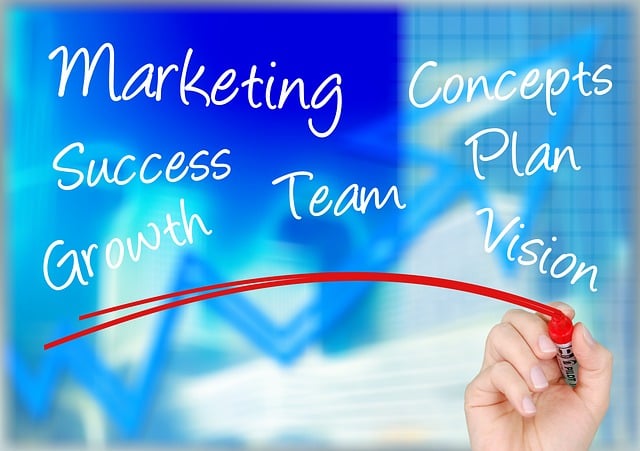In today's bustling commercial environments, managing noise and pollution is crucial. Traditional manual inspections are inadequate. AI crew time tracking and productivity dashboards provide real-time data on noise levels, air quality, and waste management, allowing businesses to make informed, sustainable decisions. This technology automates workforce management, enhances accuracy with AI algorithms, and offers visual insights into team performance through dashboards. For landscaping companies, implementing these tools optimizes buffer planning, minimizing noise pollution while boosting productivity through efficient resource allocation and goal setting.
In today’s digital era, commercial landscaping noise and pollution have become pressing issues. This article explores strategies to mitigate these challenges using innovative tools like AI crew time tracking and productivity dashboards. We delve into understanding the current landscape of noise and pollution in urban areas, highlighting their impact on businesses and communities. Furthermore, we discuss how AI can revolutionize productivity by efficiently tracking crew time, enabling data-driven buffer planning for a quieter, cleaner future.
- Understanding Commercial Landscaping Noise and Pollution: The Current Scenario
- AI Crew Time Tracking: Revolutionizing Productivity and Efficiency
- Implementing Productive Dashboards for Data-Driven Buffer Planning
Understanding Commercial Landscaping Noise and Pollution: The Current Scenario

In today’s digital era, as commercial landscapes become increasingly vibrant and bustling, the impact of noise and pollution on surrounding areas has emerged as a significant concern. Traditional methods of managing this issue often rely heavily on manual inspections and time-consuming data collection, which can be both tedious and inaccurate. Here’s where AI crew time tracking and productivity dashboards step in as game-changers.
These innovative tools are transforming the way we address commercial landscaping noise and pollution. By leveraging AI, land planners and management teams can efficiently monitor and analyze various parameters in real-time. From noise levels to air quality and waste management, these systems provide data-driven insights that were previously hard to come by. This allows for more informed decision-making, enabling businesses to implement sustainable practices and create harmonious buffers between commercial spaces and residential areas.
AI Crew Time Tracking: Revolutionizing Productivity and Efficiency

AI crew time tracking is transforming the way businesses manage their workforce, offering a more efficient and accurate approach to monitoring employee productivity. By leveraging advanced algorithms, this technology automates the process of recording working hours, break times, and task completion, eliminating manual data entry and reducing administrative burdens. With real-time insights into crew activity, managers can identify areas for optimization and make data-driven decisions to enhance overall productivity.
Productivity dashboards, powered by AI, provide a comprehensive overview of team performance. These visual representations allow business leaders to quickly analyze attendance patterns, workload distribution, and individual or team contributions. Such transparency enables more effective scheduling, resource allocation, and goal setting, ultimately driving operational excellence.
Implementing Productive Dashboards for Data-Driven Buffer Planning

Implementing AI-driven productivity dashboards is a game-changer for commercial landscaping companies aiming to enhance buffer planning and reduce noise pollution. These innovative tools allow managers to track and analyze crew time effectively, ensuring optimal resource allocation. By integrating real-time data from various sources, such as GPS tracking and job management software, the dashboards provide a comprehensive overview of workforce productivity.
With AI crew time tracking, landscaping firms can identify bottlenecks in operations, allowing them to make informed decisions. These dashboards enable managers to monitor task completion rates, worker efficiency, and project timelines. By quickly spotting underperforming areas or individuals, companies can implement targeted strategies to boost productivity and create more efficient buffer zones, thereby reducing noise pollution associated with lengthy work hours.
In conclusion, addressing commercial landscaping noise and pollution through innovative AI solutions like crew time tracking and productivity dashboards offers a promising path forward. By revolutionizing how we monitor and manage resources, these technologies can create more efficient and sustainable buffers in urban planning. Embracing these advancements is key to mitigating environmental impact and enhancing overall landscape quality for future generations.
